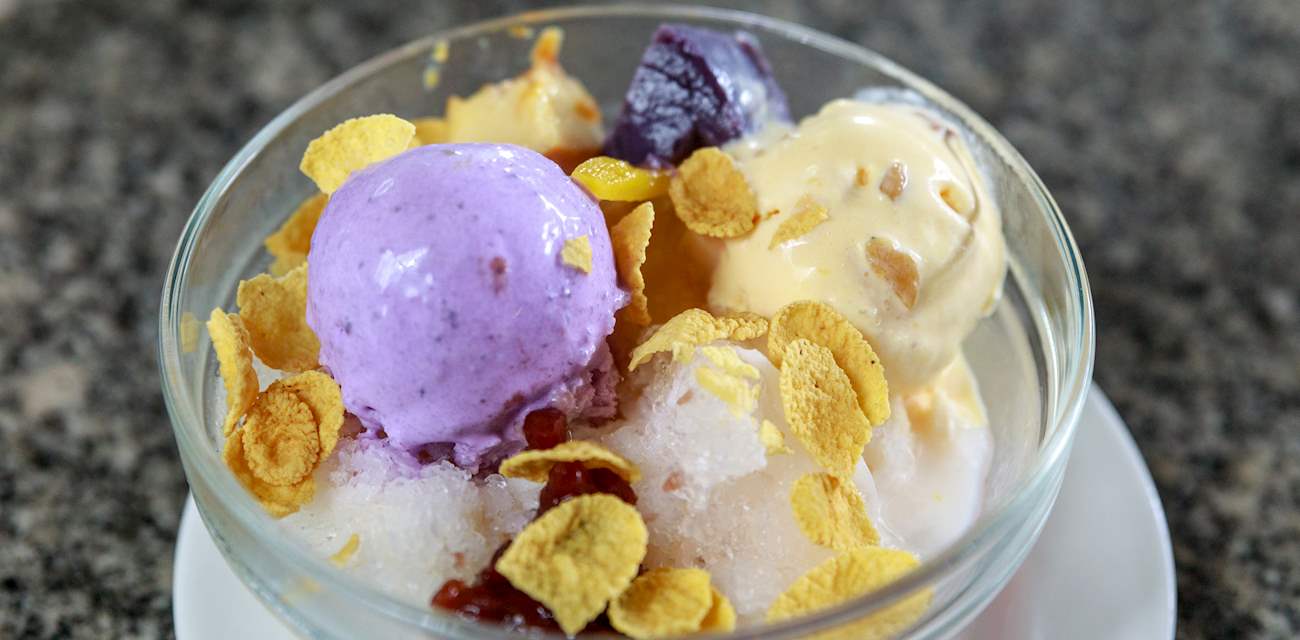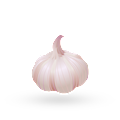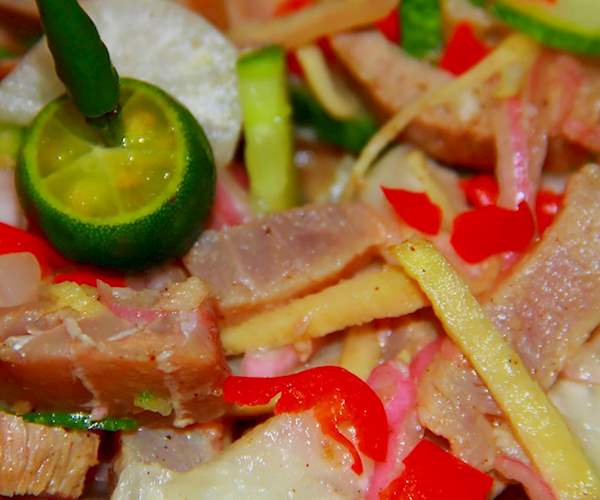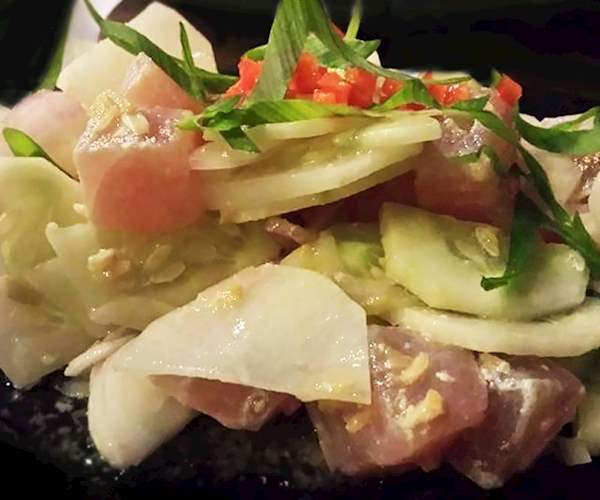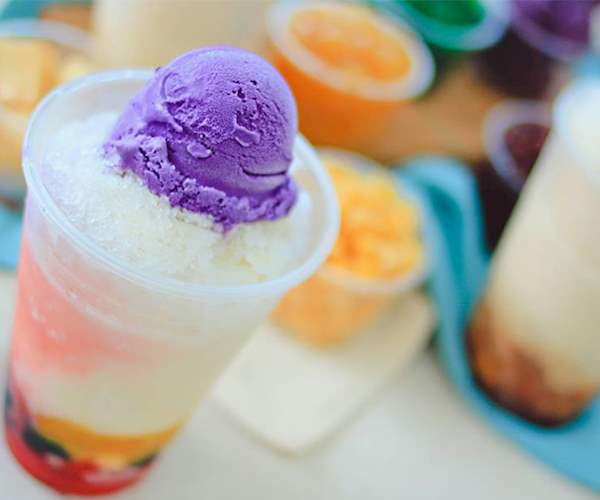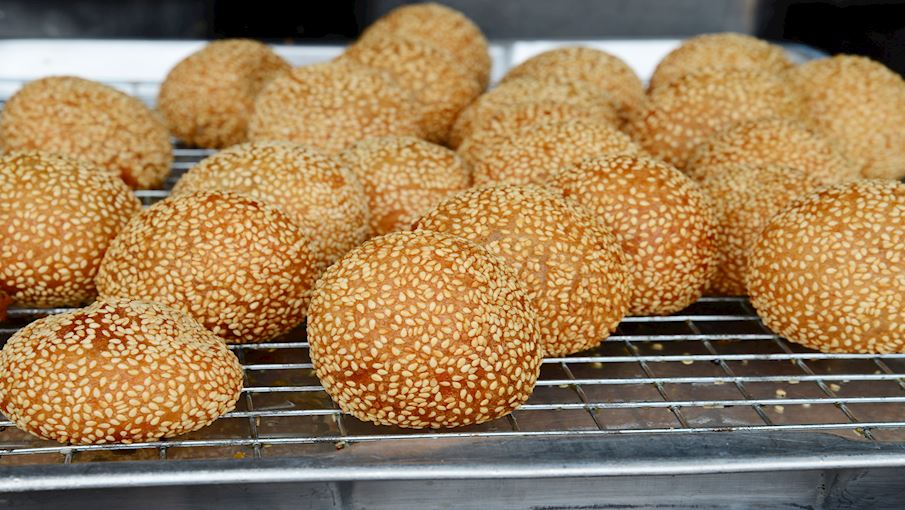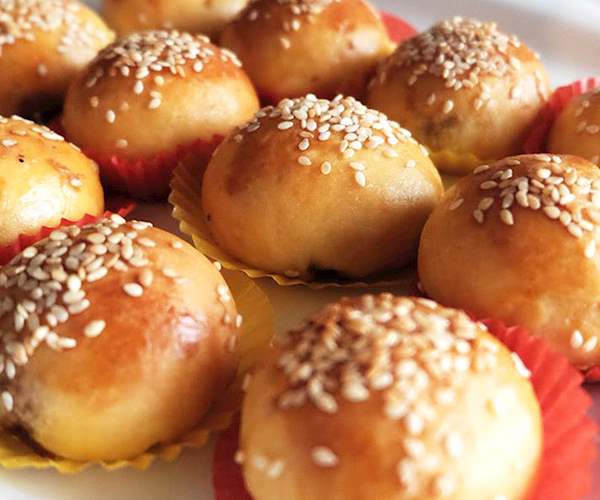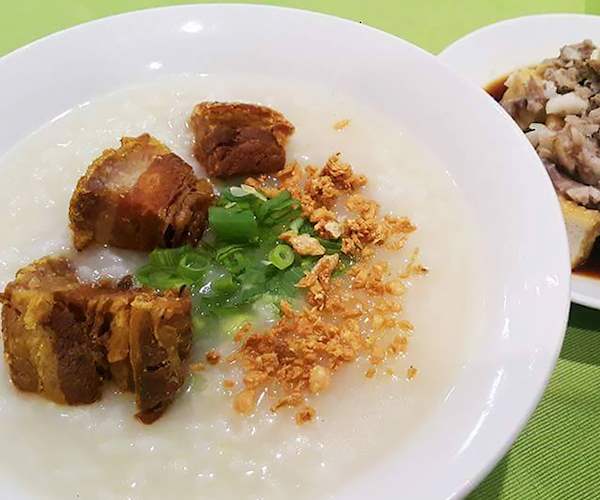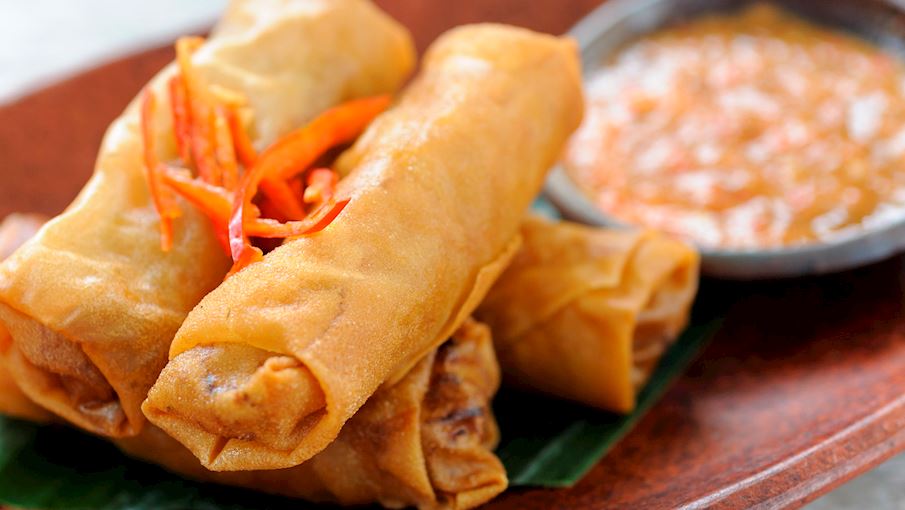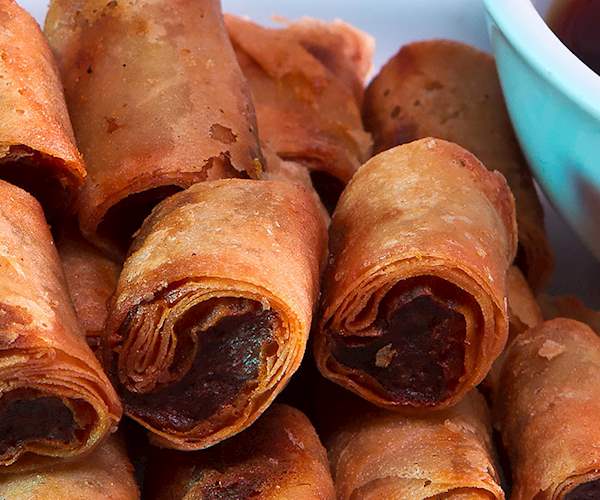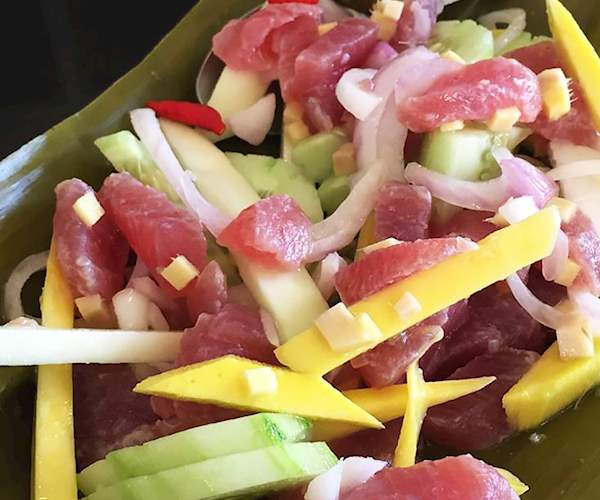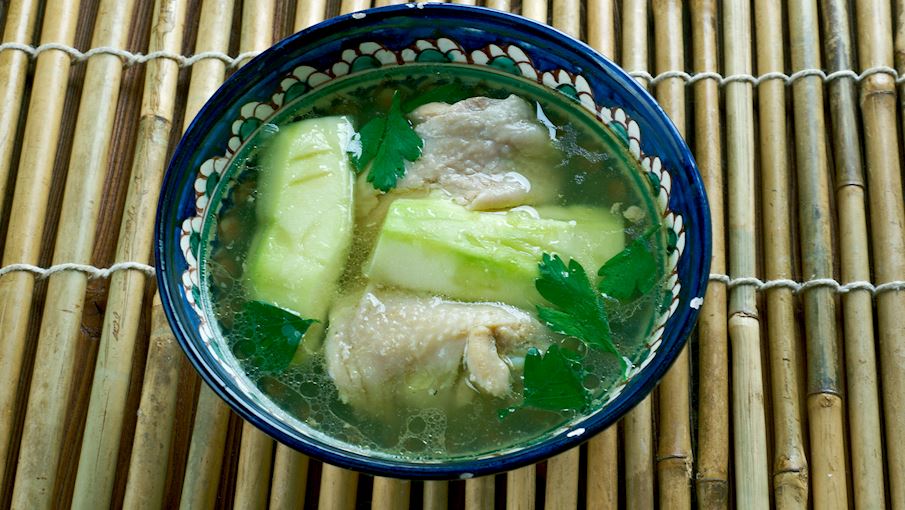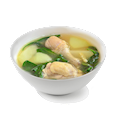Kinilaw is a Filipino appetizer made with raw, cubed fish in a dressing based on vinegar. The appetizer is typically garnished with onions, ginger, chili peppers, and garlic. Fish should be washed in vinegar, not soaked in it, turning the pink flesh into white and slightly opaque in the process.
Although kinilaw is usually consumed as an appetizer before a big meal, it can also be eaten as finger food, when it’s traditionally consumed with alcoholic beverages on the side.
MOST ICONIC Kinilaw
View moreThe refreshing halo-halo (lit. mix-mix) is a summer dessert or a snack of mixed fruit and beans, topped with finely crushed ice and either milk or ice cream. Some of the most common halo-halo ingredients include bananas, jackfruit, coconut, sweet potatoes, red mung beans, chickpeas, sugar palm fruit, purple yam jam, leche flan, and - in recent times - even sweet corn or corn crisps.
Originally, halo-halo desserts were sold by Japanese vendors in halo-halo parlors or at numerous street stalls before the occupation of the Philippines in the 1940s. In fact, this Filipino specialty is often said to have been inspired by a shaved-ice cooler called anmitsu, another Japanese summer drink.
Although undoubtedly French in origin, the decadent sans rival (lit. without rival) is a classic Filipino dessert and an all-time favorite that truly lives up to its name. It is made with layers of dacquoise; a crispy, baked nut meringue sandwiched together with the so-called pâte à bombe - a gorgeously smooth, velvety and rich French buttercream.
But unlike the French original, which is traditionally made with either almond or hazelnut meringue, the Filipino version uses toasted cashews instead. Sans rival is said to have been invented sometime between the 1920s and 1930s, when many Filipinos traveled to Europe to study, and upon returning home to the Philippines, they started employing some of the cooking and patisserie techniques they learned while studying abroad.
MAIN INGREDIENTS
Butsi balls are the Filipino version of traditional Chinese jian dui sweets. They are made with glutinous rice flour that is formed in small round shapes and stuffed with a variety of sweet fillings such as sweetened mung bean, creamy lotus, red bean paste, or shredded coconut.
Butsi are usually coated in sesame seeds and fried until golden. Even though they originated as a traditional Chinese delicacy, their Filipino adaptation has become incredibly popular. With their crispy shell, chewy texture, and creamy filling, they can be enjoyed as a satisfying dessert or a quick sweet snack.
Lugaw is a Filipino rice porridge that is traditionally thought of as soft food for sick people, due to the fact that it doesn't require much chewing. Warm, filling, and mushy, the dish acts as an ideal base for any type of meat and seasonings, just like a congee.
Lugaw is usually consumed for breakfast or as a snack. Many cooks like to add chicken, lemon, and ginger in order to improve the flavors of the dish. After that, it can be flavored with typical Filipino ingredients: scallions, garlic chips, sliced hard-boiled eggs, calamansi, or fish sauce.
Lumpia is a simple and flavourful Filipino finger food that evolved from the Chinese spring rolls. Each lumpia consists of a rice or flour dough wrap that is stuffed with meat (most often ground pork or beef) and vegetables such as cabbage, carrots, onions, and garlic.
It is then sealed with egg wash and fried. Once it has been prepared, its crusty, crunchy exterior and tender interior are perfectly complemented with the sweet and sour dipping sauce. It can be eaten as a snack or as a side dish, and it is almost impossible to see a Filipino feast without at least one variation of lumpia, such as unfried lumpia, lumpia with bean sprouts, hearts of coconut palm, bangus, or saba bananas (ripe plantains).
VARIATIONS OF Lumpia
Kilawin is a term which refers to a broad group of Filipino dishes which are similar to the Italian crudo or the Peruvian ceviche. It can employ meat or seafood which is cut or sliced, then blended with vinegar, citrus juices, and a variety of spices and fresh herbs.
Even though the ingredients are sometimes pre-cooked, they are most commonly used raw, allowing the vinegar to act as a cooking agent. Kilawin is typically served as an appetizer or a side dish during traditional Filipino beer-drinking sessions.
The term tinola refers to a vast group of hearty Filipino soups prepared with a flavorful broth infused with garlic, ginger, and fish sauce. Most commonly, the soups are made with chicken, but pork and seafood varieties are also popular.
Tinola soups can incorporate various cuts of meat and seafood ingredients which are usually cooked alongside green papaya or chayote, and chili pepper or malunggay leaves. Not much is known about the history and origin of tinola, but nowadays, they represent an irreplaceable part of traditional Filipino cuisine.
